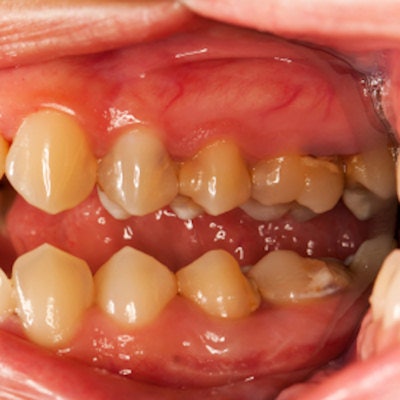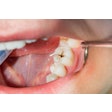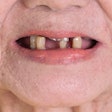
Visual impairments and systemic causes of eye problems, including diabetes and heart disease, have been associated with a decline in oral health, according to a report released by the CareQuest Institute for Oral Health.
Clinicians should be aware of these connections and use the data to educate, diagnose, and treat high-risk patients, according to CareQuest.
"Dental providers can serve as a resource to diagnose oral diseases that may be associated with eye problems," the visual report states.
Currently, an estimated 12 million people ages 40 and older in the U.S. have some type of visual impairment. That number is projected to rise as the population ages.
In the U.S. approximately 93 million adults are at risk of developing vision problems. Unless corrective action is taken, these patients' medical expenses and the cost of their lost productivity are estimated to reach at least $35 billion, according to the report.
Clinicians should be aware of the following links between ocular and oral health:
- Periodontal disease is associated with an increased risk of developing glaucoma, a group of eye conditions that damage the optic nerve and can lead to blindness.
- Patients with diabetes have a much higher risk of developing glaucoma.
- Disabled and aging populations are more predisposed to oral issues and ocular diseases.
- Gum disease is associated with increased blood sugar in those with and without diabetes, and unmanaged diabetes can lead to retinopathy, a serious condition that causes vision loss in both eyes.
To meet this growing public health need, policymakers and clinicians should educate and counsel patients about their risks.
"Oral care providers can advocate for their patients' overall health by referring patients to eye care providers and forming professional relationships with eye care providers in the community," the report states.




















